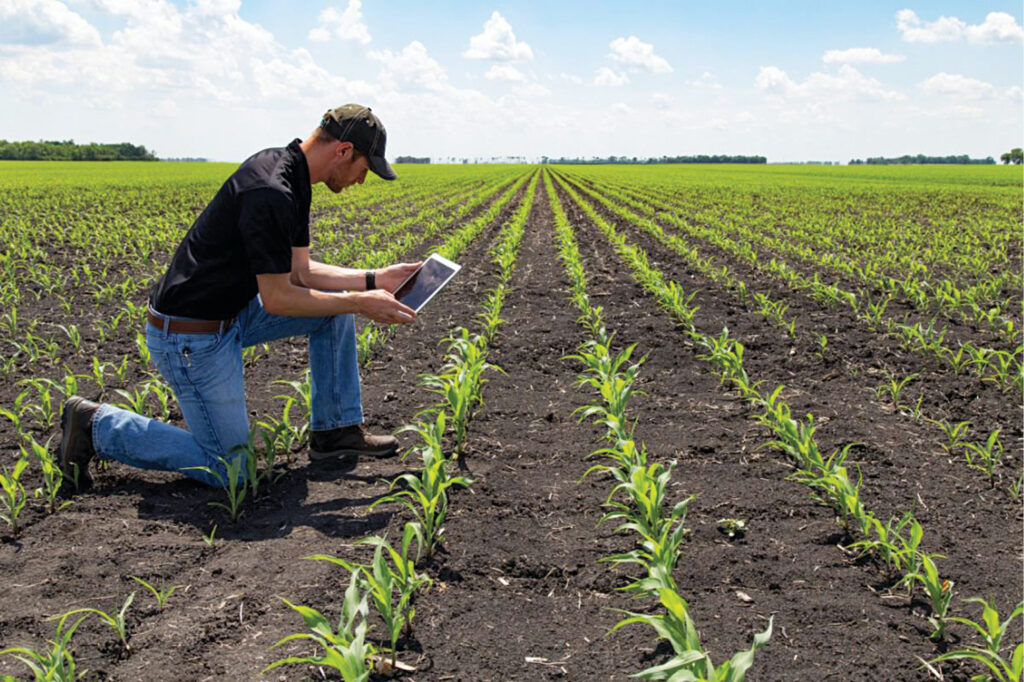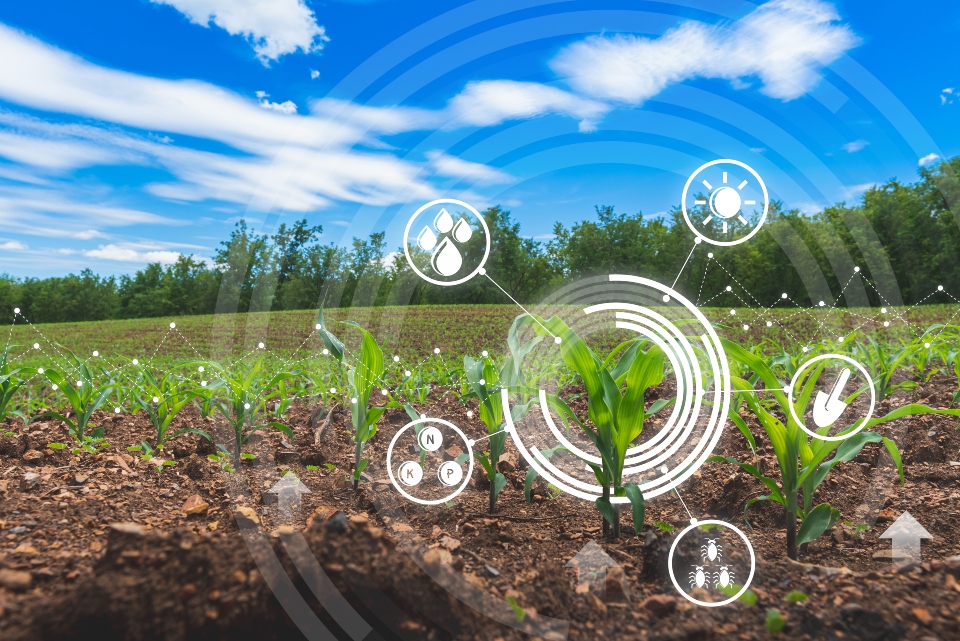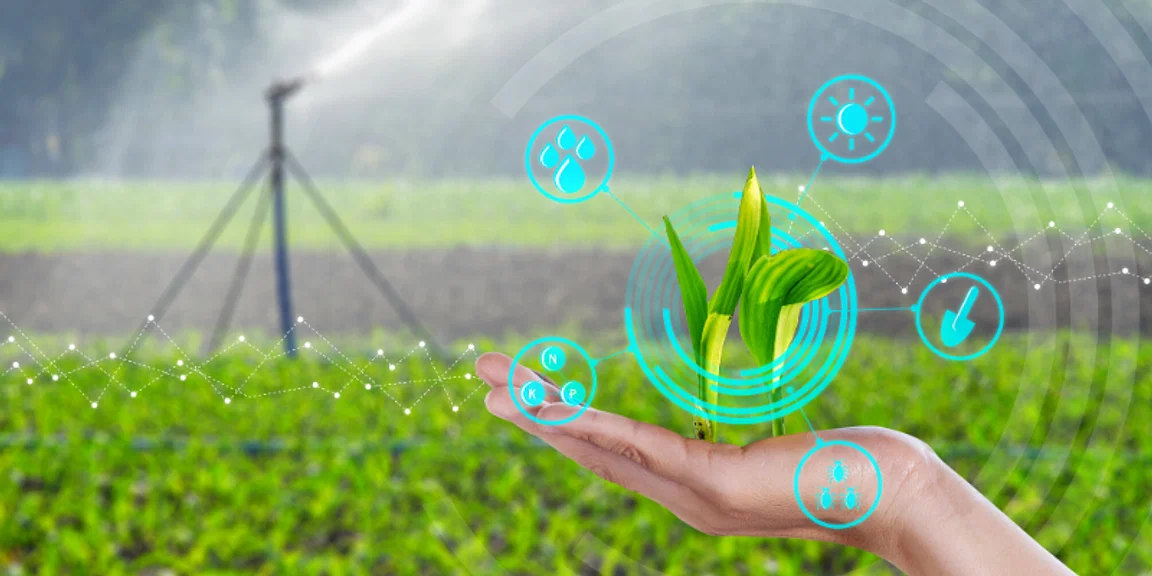The innovations that technology has made possible in farming will astound you. It’s been a boon to farmers everywhere. It has not only aided farmers in making more informed agricultural decisions, but also equipped them with the means to perform their work more efficiently. Technology has allowed farmers to save both time and money. They appreciate the technology that has allowed them to become more independent. With this newfound knowledge, they may prioritise the safety and taste of their meals.
When did Technology come into the Picture?
Beginning in the middle of the twentieth century with the testing of new solutions to old issues, technology has had a profound effect on agriculture. This prompted researchers to find better ways to irrigate and manage crops in order to meet the food needs of expanding populations in emerging countries. As a result, several previously food-insecure nations have become self-sufficient.
Pesticides and tractors have been developed with the help of technology to help farmers combat pests and safeguard their crops. Herbicides and fungicides are used to prevent plant and fungal diseases, respectively, while insecticides are used to kill insects. Pesticides, used to keep unwanted critters at bay and protect crops, have also been made possible thanks to technological advancements.
Because of the time and labour savings afforded by tractor use, agriculture has been completely transformed by their introduction. Farmers’ lives have been transformed by modern agricultural technology, which has freed them to follow their true calling even if their loved ones can’t. We are dedicated to improving farmers’ lives and the agricultural industry as a whole through the constant development of agricultural technology as the technological landscape shifts.

Technology Development in Agriculture
In the last section, we looked at how technology was implemented in the agricultural industry. Now that we have that out of the way, let’s look at some specific examples of how it was done and discuss the outcomes.
Monitor and Control Food Production
In order to keep an eye on and manage their crops, farmers are turning to technological aids. Farmers in the past had to do everything by hand. At that time, each was dealing with a unique set of issues. Their top priority was to find hardworking employees. These issues have been resolved via technological means. Thanks to advancements in technology, we now have machines and robots that do the work of humans.
The quality of the crops grown by farmers is now their primary concern. Food output may be increased and preserved with the help of technology. In this industry, technology has also helped reduce the number of occupational injuries. Think about butchering robots as an example. Many preventable accidents in the office have been avoided because to this innovation. And because of this, agricultural workers are now in a less dangerous setting.

Weather and Climate Prediction
Now, sensors can anticipate what farmers will need to provide for their crops. Saving money is one of the main benefits of employing technology to predict weather and climate for farmers. They may save money by growing more food and keeping track of how much water they use. Put another way, farmers are utilising this technology to track how much water and pesticides their crops need.
We employ Internet of Things (IoT) devices to monitor farms in real time and collect data in real time. We record information like relative humidity, air temperature, barometric pressure, wind velocity, wind direction, and precipitation. The duration analysis of this data informs the planning of subsequent agricultural endeavours.
Big Data
In order to understand patterns and make sound judgements, we collect data for analysis. Increased crop yields can be achieved through the use of Big Data to inform planting decisions and harvest windows. Pesticides have unintended consequences and should never be used carelessly. In order to kill pests without harming the environment, farmers can utilise Big Data to determine the most effective pesticide to use.
The farm machinery is tracked using Big Data. Large-scale farmers will benefit the most from this. They can monitor consumables and servicing needs for machinery with this system. The goal of the agricultural sector is to equalise the supply of food with the demand for it. Food waste can be reduced and the supply chain can be better managed with the use of technology.
Biotechnology
Biotechnology now aids farmers in creating superior harvests. These plants are created in a research facility. When designing them, we take a number of things into account. Resistance to pests and environmental challenges, as well as longevity, are examples. Crops are altered by inserting the genes. This includes the introduction of useful characteristics into crops. Who wouldn’t want to cultivate food that has nutritional value and requires less pesticides? And now that we have biotechnology, it seems wasteful not to put it to good use.
Final Words
Do you not find it intriguing how technology has changed several aspects of the agricultural industry? The findings speak for themselves. What could be more incredible than witnessing the rapid transformation of the agricultural industry from one that relied on a huge number of labourers on the farm to one that relies on automated large-scale farming within such a short amount of time? Additionally, if you take a glance at this industry, you will notice that people are working to produce more sophisticated technologies. These technologies have the ability to utterly transform the way we think about farming and the food that we eat while also providing us with high-quality options.













Leave a Reply